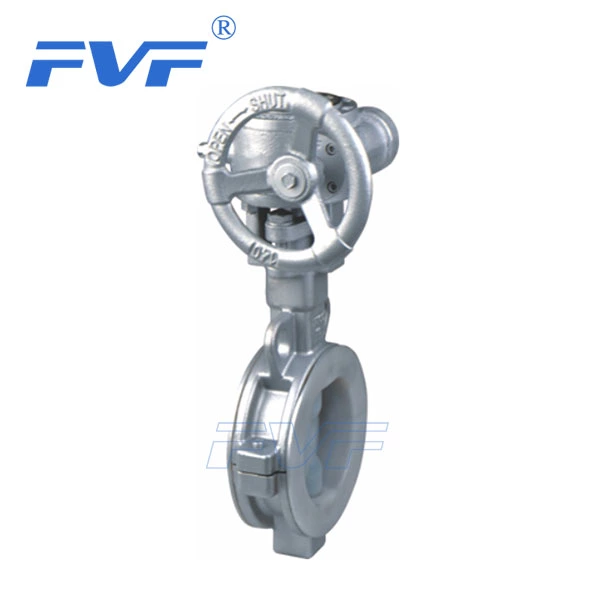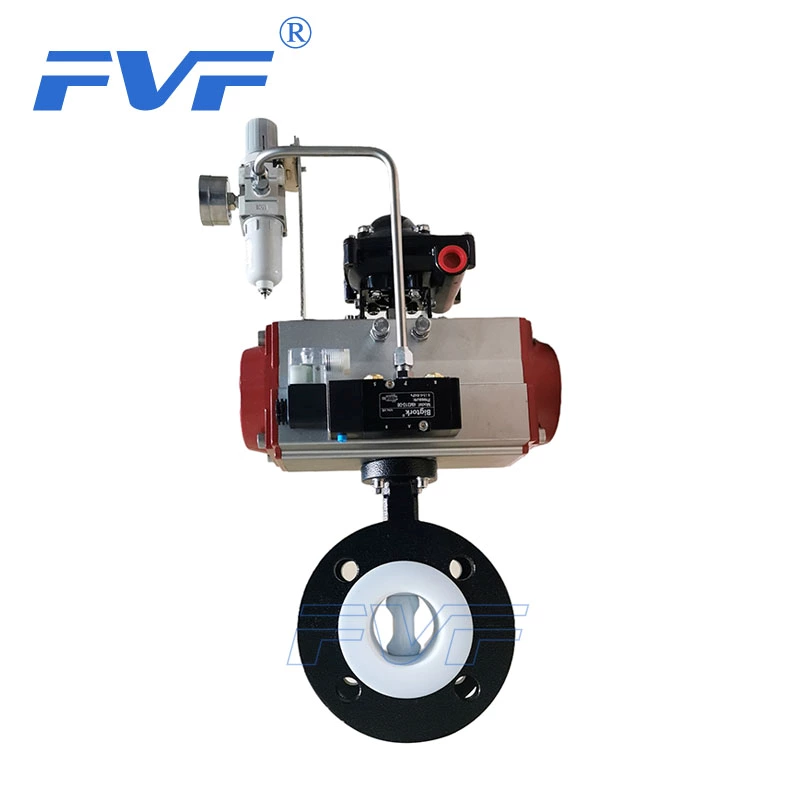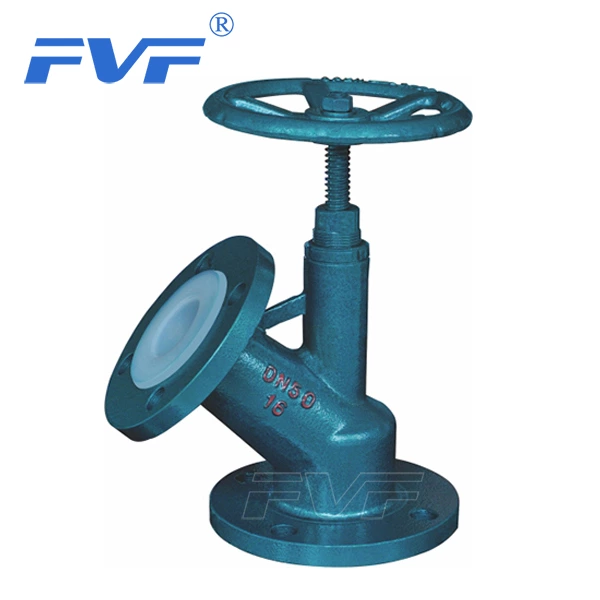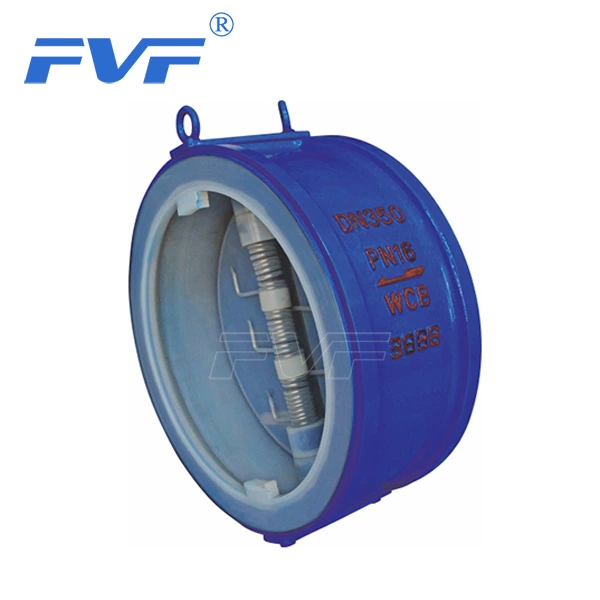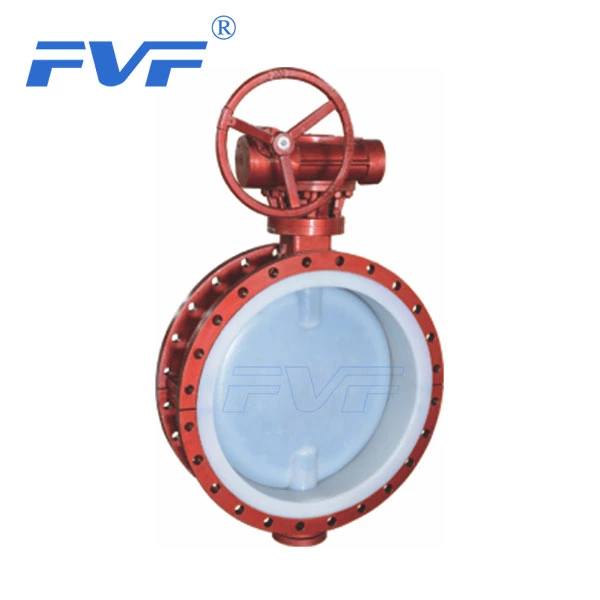Precautions In The Application Of Fluorine-lined Anti-corrosion Valves
Lined Valve has been widely used in devices that are exposed to strong corrosive media such as acids and alkalis in the petroleum, chemical, pharmaceutical, metallurgical, and electric power industries. However, how to select and use fluorine-lined valves well, based on the experience of our users in field applications over the years, the following precautions are proposed for the use of fluorine-lined anti-corrosion valves in response to several use conditions such as medium temperature, pressure, and pressure difference:
1. Medium temperature used by fluorine-lined valves: All types of fluorine-lined valves of our company use fluoroplastics F46 (FEP), and the medium temperature used cannot exceed 150℃ (the medium temperature can reach 150℃ for a short time, and the long-term use temperature should be controlled within 120℃). Otherwise, the F46 lining of each component of the valve is easy to soften and deform, resulting in the valve not being able to close and a large amount of leakage.
If the medium temperature used is below 180℃ for a short time and below 150℃ for a long time, another fluoroplastic-PFA can be selected, but the fluorine lining of PFA is more expensive than that of F46.
2. Do not have negative pressure. Fluorine-lined valves should avoid negative pressure in the pipeline. If there is negative pressure, the fluorine-lined plastic layer in the inner cavity of the valve is easily sucked out (bulged) and peeled off, resulting in failure of the valve to open or close.
3. Pressure and pressure difference should be controlled within the allowable range. Especially for fluorine-lined regulating valves and stop valves sealed with bellows. Because the bellows are made of PTFE material, the pressure and pressure difference are large, which can easily cause the bellows to rupture.
For fluorine-lined regulating valves sealed with bellows, if the pressure and pressure difference are large, they can be replaced with PTFE packing seals.
4. The medium conditions used in fluorine-lined valves should not have hard particles, crystals, impurities, etc., so as to avoid the valve from wearing out the fluorine-lined layer or PTFE bellows of the valve core and valve seat during the operation of opening and closing. For media with hard particles, crystals, and impurities, the valve core and valve seat can be replaced with Hastelloy when selecting.
5. The diameter size of the valve should be correctly selected according to the required flow rate (cv value). When selecting, the valve diameter and valve opening should be calculated according to the required flow rate (cv value) and other technical parameters. If the valve diameter is too large, the valve will inevitably operate at a small opening for a long time. In addition to the pressure of the medium, it is easy for the valve core and stem to be impacted by the medium and cause the valve to vibrate. The valve core stem may even break under the impact of the medium for a long time.
When selecting various types of fluorine-lined valves, users should try their best to understand and master the technical conditions for use so as to select and use them well and increase the service life of the valve. When encountering situations that exceed the scope of the technical conditions for use, they should report to the manufacturer, negotiate together, and take corresponding countermeasures to solve them.
